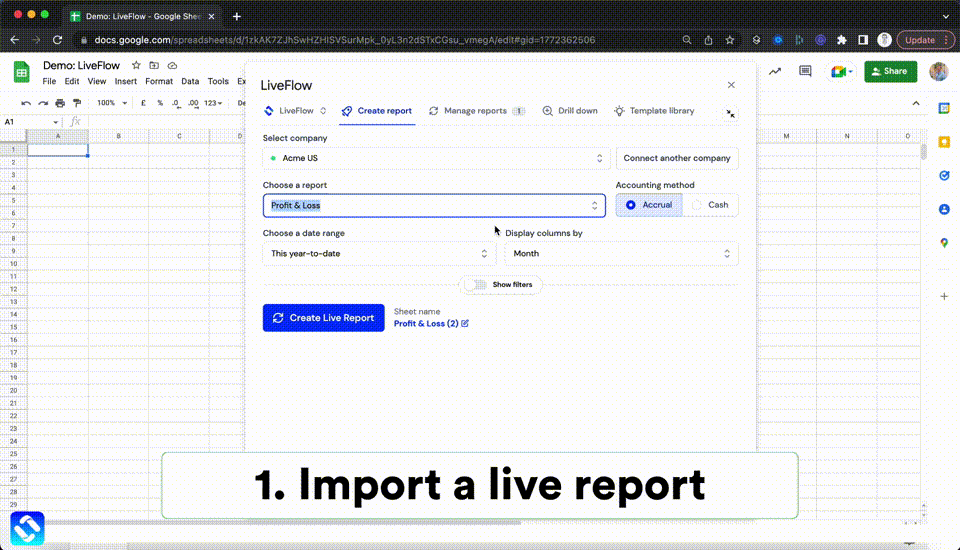QUARTILE Function in Excel: Explained
In this article, you will learn how to use the QUARTILE formula in Excel.
What is the QUARTILE formula in Excel?
In Excel, you can use the QUARTILE function to find the quartiles of a data set. In a dataset, there are three quartile values, the lowest quartile (or the first quartile), the median (or the middle quartile or the second quartile), and the highest quartile (or the third quartile). These values split a piece of data into four groups, each containing 25% of the data equally. The first quartile value sits in the exact middle of the dataset's smallest value and median value. On the other hand, the third quartile is between the median value and the highest value in the selected data. The QUARTILE formula allows you to sort out these quartile figures among the data points.
Why do you use the QUARTILE function in Excel?
As discussed above, you would use the QUARTILE function in Excel to find the quartiles of a set of data. Quartiles are useful measures of data distribution, and they can provide insight into a data set's spread and central tendency. For example, by looking at quartile values, such as the first quartile (25% percentile) or the third quartile (75% percentile), you can eliminate outliers or extreme values and see relatively reasonable and moderate numbers in a data set. Using the QUARTILE function, you can easily calculate the quartiles of a data set without having to sort or manipulate the data manually. This is particularly useful when working with large data sets that would be time-consuming to analyze manually.
How to use the QUARTILE formula in Excel
The syntax for the QUARTILE function is as follows:
array: The range or array of cells containing the data for which you want to find the quartile.
quart: The quartile you want to find. This should be an integer between 0 and 4, inclusive, representing the quartile you want to see. If the input value is not an integer, the value is truncated. The relationships between the “quart” argument, the three quartiles, and maximum and minimum values are as follows:
0: The lowest number in the selected data.
1: The first quartile of the data points
2: The second quartile (median) of the data points
3: The third quartile of the data points
4: The greatest value in the chosen dataset.
Note: If the “array” argument is empty, the QUARTILE formula gives you the #NUM! error value. If “quart” is less than 0 or greater than 4, the QUARTILE function returns the #NUM! error value, either.
For example, imagine you have a client list containing revenue, profit, and profit margin and want to know what margin corresponds to a particular quartile, given the data set.
- Insert the QUARTILE formula: =QUARTILE(
- Select the range containing the data you want to analyze for “array”
- Enter the “quart” argument by cell reference or manually
The following picture shows what the lowest value (cell E16), the first (E17), second (E18), and third (E19) quartiles, and the maximum values (E20) among the data points look like. As you can see, we used the QUARTILE function with different “quart” inputs to compute the values. We recommend using a cell reference for the quart argument, as it lets you quickly and easily change the parameter.

What are the alternatives to the QUARTILE function in Excel?
An alternative to the QUARTILE function in Excel is to use the PERCENTILE function. The PERCENTILE function is similar to the QUARTILE function, but it allows you to specify any percentile value, not just quartiles. So, the PERCENTILE function is more suitable and flexible when you want to look at data at the percentile level. Also, you can use the MIN, MEDIAN, and MAX functions instead of the QUARTILE functions with the “quart” argument of 0 (the smallest value), 2 (median), and 4 (the highest value), respectively.
Analyze your live financial data in a snap in Google Sheets
Are you learning this formula to visualize financial data, build a financial model, or conduct financial analysis? In that case, LiveFlow may help you automate manual workflows, update numbers in real-time, and save time. You can access various financial templates on our website, from the simple Income Statement to Multi-Currency Consolidated Financial Statement. Are you interested in this product but are an Excel user? That’s not a problem at all. You can connect Google Sheets to Excel quickly.
To learn more about LiveFlow, book a demo.

You can learn about other Excel and Google Sheets formulas and tips that are not mentioned here on this page: LiveFlow‘s How to Guides



